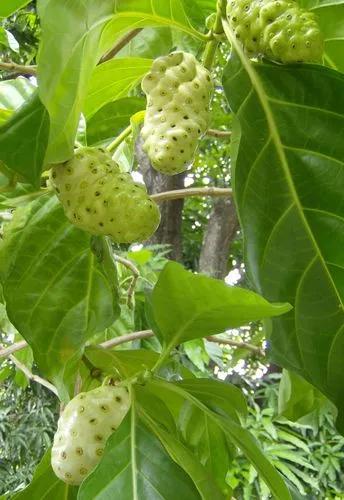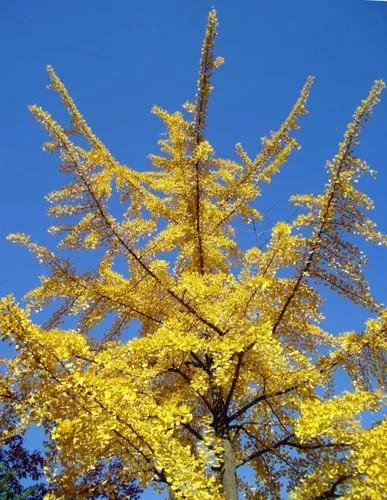s a species of flowering plant in the soapberry and lychee family Sapindaceae. It is native to the hardwood forests of eastern Canada, from Nova Scotia west through southern Quebec, central and southern Ontario to southeastern Manitoba around Lake of the Woods, and northcentral and northeastern United States, from Minnesota eastward to Maine and southward to northern Virginia, Tennessee and Missouri.[3] Sugar maple is best known for being the primary source of maple syrup and for its brightly colored fall foliage.[4] It may also be known as "rock maple", "sugar tree", "birds-eye maple", "sweet maple", "curly maple",[5][6] or "hard maple", particularly when referring to the wood Acer saccharum is a deciduous tree normally reaching heights of 25–35 m (80–115 ft),[8][9] and exceptionally up to 45 m (150 ft).[10] A 10-year-old tree is typically about 5 m (20 ft) tall. As with most trees, forest-grown sugar maples form a much taller trunk and narrower canopy than open-growth ones.
Sugar Maple Care
Acer Saccharum



he leaves are deciduous, up to 20 cm (7.9 in) long and wide, palmate, with five lobes and borne in opposite pairs. The basal lobes are relatively small, while the upper lobes are larger and deeply notched. In contrast with the angular notching of the silver maple, however, the notches tend to be rounded at their interior. The fall color is often spectacular, ranging from bright yellow on some trees through orange to fluorescent red-orange on others. Sugar maples also have a tendency to color unevenly in fall. In some trees, all colors above can be seen at the same time. They also share a tendency with red maples for certain parts of a mature tree to change color weeks ahead of or behind the remainder of the tree. The leaf buds are pointy and brown-colored. The recent year's growth twigs are green, and turn dark brown. A pair of samaras Flowers in spring The flowers are in panicles of five to ten together, yellow-green and without petals; flowering occurs in early spring after 30–55 growing degree days. The sugar maple will generally begin flowering when it is between 10 and 200 years old. The fruit is a pair of samaras (winged seeds). The seeds are globose, 7–10 mm (9⁄32–13⁄32 in) in diameter, the wing 2–3 cm (3⁄4–1 1⁄4 in) long. The seeds fall from the tree in autumn, where they must be exposed to 45 days of temperatures below 4 °C (39 °F) to break their coating down. Germination of A. saccharum is slow, not taking place until the following spring when the soil has warmed and all frost danger is past.[need quotation to verify] It is closely related to the black maple, which is sometimes included in this species, but sometimes separated as Acer nigrum. The western American bigtooth maple (Acer grandidentatum) is also treated as a variety or subspecies of sugar maple by some botanists.
How to Care for the Plant

Popularity

1,385 people already have this plant 182 people have added this plant to their wishlists
Discover more plants with the list below
Popular articles






